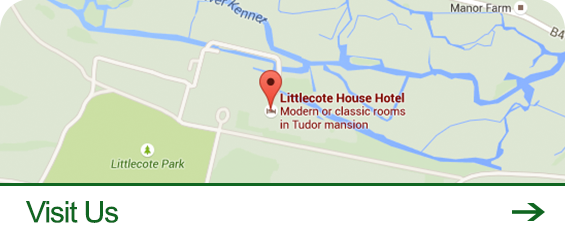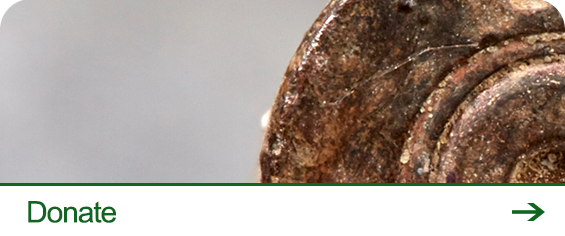
The Kennet Valley
The Kennet Valley follows the course of the River Kennet which rises near Avebury in Wiltshire, and flows east through Marlborough, Hungerford and Newbury before joining the River Thames on the reach above Sonning Lock at Reading, Berkshire. People have lived in the valley for thousands of years.
Avebury’s sarsen stones and Marlborough’s ancient mound hint at the Valley’s prehistoric past; and the remains of a Roman villa can still be seen in the grounds of Littlecote House. Given over to agricultural use for most of its history, in the 18th and 19th centuries the Valley bowed to the need to transport goods between the port of Bristol and London, first by canal, then by rail; which led to the construction of the Kennet and Avon Canal and the Great Western Railway, with its base in Swindon.
In September 1939 the declaration of war triggered a period of significant change. Over the coming months the countryside was transformed from a peaceful rural idyl into an armed camp. Faced initially by an influx of British soldiers to guard against a German invasion, the encampments and billets first occupied by the 42nd and 48th Infantry Divisions passed, via a number of other military tenants, to the American troops who were based in the Valley from 1942 until the end of the war.
As a consequence, the area became a huge building site. Focussed initially on the construction of anti-tank and pill box defences along the Kennet and Avon Canal, the effort switched in 1941 to airfield construction. Covering approximately 500 acres each, Membury, Ramsbury, Welford, Greenham Common and Aldermaston airfields were to become home from 1942 to the US Air Force. Alongside the 4,500 acre ammunition depot at Savernake Forest, the airfields and other military bases played a vital role in the liberation of Europe.
Littlecote House
People have lived at Littlecote for more than 2000 years. The earliest known buildings, believed to be circular huts dating from AD 70, were replaced by more substantial Roman structures in the 2nd Century and subsequently developed into a two-story villa around AD 270. Falling into disuse about AD 400, the Roman ruins were first discovered by the estate steward in 1727. Rediscovered again in 1976, the Roman remains were archaeologically excavated in 1978 and are currently on public display in the grounds of the estate.
Home to the Popham family from the mid-16th Century, the Elizabethan mansion was completed in 1592, replacing an earlier 13th Century medieval hall house. King Henry VIII courted Jane Seymour at the mansion, and Queen Elizabeth I, King James I, King Charles II and William of Orange probably all stayed there; the latter on his march from Torbay to London in the Glorious Revolution of 1688 when William overthrew James II to become King William III.
Passing to the Leyborne Pophams in 1762, and refurbished in 1810, the house remained in the family until 1929 when it was purchase by Sir Ernest Wills, a director of Imperial Tobacco (Sir Ernest’s great-grandfather founded W.D. & H.O. Wills, the famous tobacco importation and cigarette manufacturing company).
Requisitioned by the War Office during the Second World War the mansion was used to accommodate a succession of British, Canadian and American military units between September 1939 and September 1945:
48th Infantry Division
42nd Infantry Division
26th Armoured Brigade
23rd Armoured Brigade
2nd Armoured Brigade
34th Army Tank Brigade
20th Armoured Brigade
2nd Independent Parachute Brigade
Canadian Army 2nd Canadian Armoured Brigade
506th Parachute Infantry Regiment
549th Anti-Aircraft Battalion
366th Ordnance Company (Anti-Aircraft)
Passing to Sir Ernest’s youngest son, Seton Wills, in 1958 the estate was sold to Peter de Savary in 1985. Acquired by Bourne Holidays Limited in 1996, the house and estate currently operate as a country house hotel and resort.







